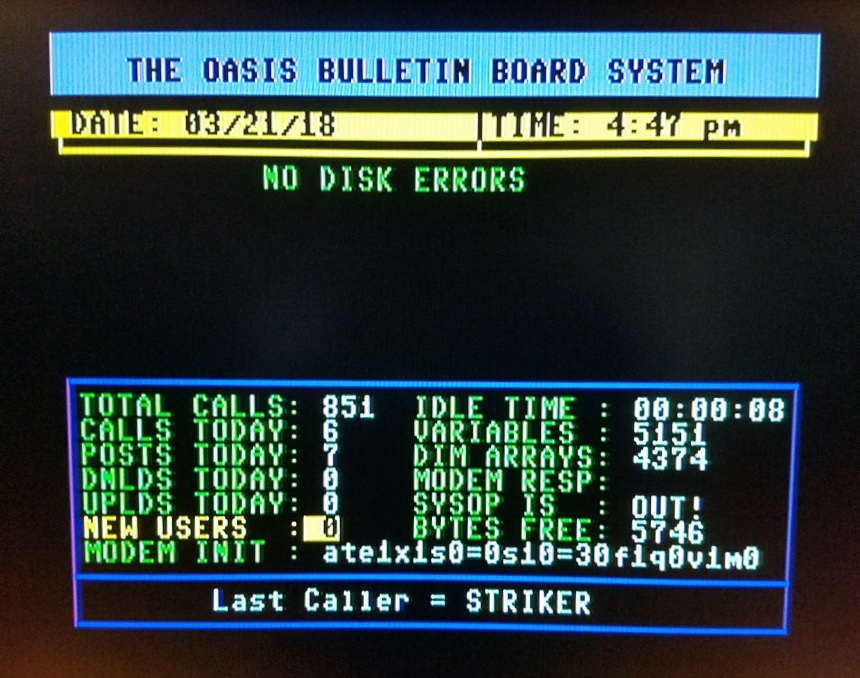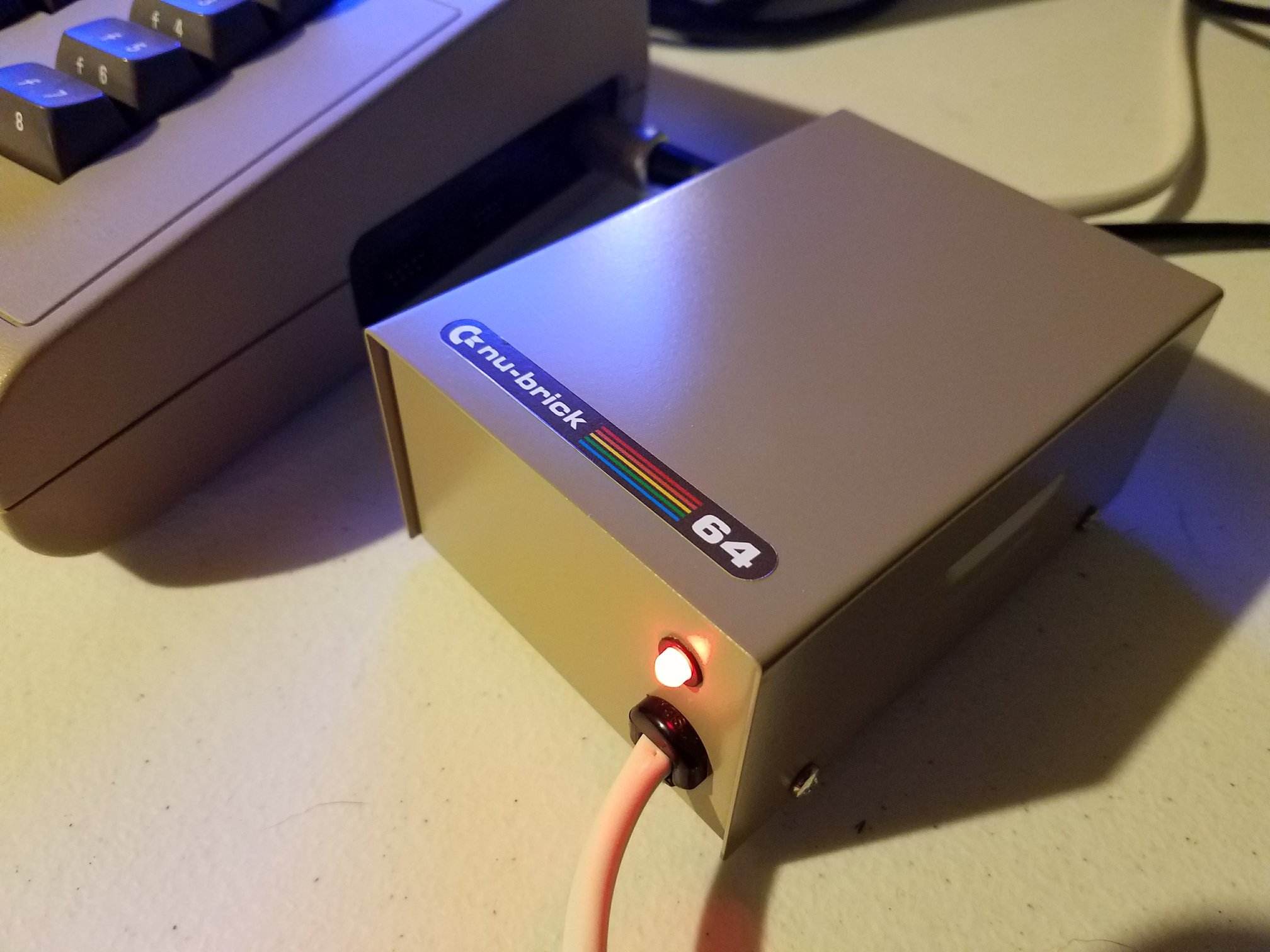A Very Dirty C64 Repair Hits the Bench
In this episode of More Fun Fixing It, the channel takes on a dirty C64 repair that brings equal parts grime, mystery, and satisfaction. Paul—who regularly supplies the show with broken machines—found a local eBay listing with a full Commodore bundle. Naturally, he handed it off for repair.
The unboxing immediately sets the tone. The C64 was packed with dust, missing a power supply, and had the unmistakable rattle of loose internals. Inside? A 250407 board and enough corrosion and filth to give any retro tech restorer pause.
Cleaning the C64 and Checking the Basics
First step: a much-needed cleaning. Dust was blasted out, the case wiped down, and the board inspected. With power and video known-good, the machine was switched on—and the dirty C64 repair began in earnest.
The result? A garbled display and crashing diagnostics. Voltages looked fine, but thermal imaging showed the PLA heating up unusually fast. Scope checks revealed missing or weak signals on key pins, including pin 13 and pin 12—signals tied to color RAM and I/O. The SID and VIC-II were pulled and tested. Both were good.
Suspecting the PLA—and Proving It
All signs pointed to the PLA. After confirming the suspicious outputs compared to a working machine, it was clear: this chip was done. The PLA was desoldered, the board cleaned, and a fresh socket installed using Blu Tack for alignment and support during soldering.
A working PLA from a test machine was dropped in—and the C64 sprang to life.
Final Checks and Minor Setbacks
As with most repairs, a few things didn’t go exactly to plan. The SID chip was accidentally placed in the PLA socket (oops), but no harm done thanks to the chip already being faulty. A quick swap and sound returned.
Diagnostics passed. Keyboard passed. Video output clean. The only remaining task? Replace a few broken case clips and brush off the remaining dust. The dirty C64 repair was a success.
A Fun Fix, A Cleaner Future
This machine came in filthy, questionable, and totally non-functional. It left clean, tested, and working—ready for a new home. The repair showcases careful troubleshooting, thermal and logic analysis, and some good old-fashioned bench work.
For retro computing fans, it’s a perfect example of how much life is still left in these 8-bit classics—and how rewarding it can be to bring one back from the brink.







